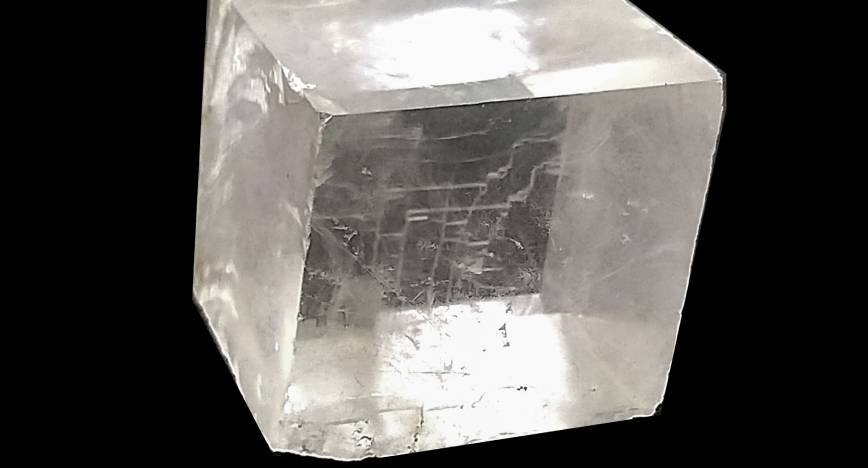Calcite in Glass

Calcite, a mineral primarily composed of calcium carbonate, is used in the glass industry for various purposes, primarily as a fluxing agent and as a source of calcium oxide (CaO). As a fluxing agent, calcite is added to glass formulations to reduce the melting temperature of silica (SiO2) and other raw materials used in glass production. By promoting the fusion of glass components at lower temperatures, calcite facilitates the melting and homogenization of glass melts, leading to energy savings and improved production efficiency. Calcite fluxes help to improve the flowability and workability of glass melts, allowing for faster melting rates and reduced fuel consumption in glass furnaces.
Moreover, calcite serves as a source of calcium oxide (CaO) in glass manufacturing processes. Calcium oxide acts as a stabilizer and modifier, improving the chemical and physical properties of glass, such as strength, durability, and thermal shock resistance. Calcite-derived calcium oxide helps to enhance the refractive index and transparency of glass, making it suitable for use in optical and specialty glass applications. Additionally, calcite can be used as a nucleating agent in glass manufacturing, where its presence promotes the formation of small crystalline nuclei in the glass melt. These nuclei act as seeds for crystal growth, helping to control the size and distribution of crystals in glass products and improve their optical and mechanical properties.
Furthermore, calcite can be incorporated into glass coatings and enamels to enhance their adhesion, hardness, and chemical resistance properties. Calcite-based coatings are applied to glass surfaces to provide protection against abrasion, corrosion, and environmental damage, prolonging the lifespan and improving the performance of glass products in various applications.
Calcite in Glass

Calcite, a mineral primarily composed of calcium carbonate, is used in the glass industry for various purposes, primarily as a fluxing agent and as a source of calcium oxide (CaO). As a fluxing agent, calcite is added to glass formulations to reduce the melting temperature of silica (SiO2) and other raw materials used in glass production. By promoting the fusion of glass components at lower temperatures, calcite facilitates the melting and homogenization of glass melts, leading to energy savings and improved production efficiency. Calcite fluxes help to improve the flowability and workability of glass melts, allowing for faster melting rates and reduced fuel consumption in glass furnaces.
Moreover, calcite serves as a source of calcium oxide (CaO) in glass manufacturing processes. Calcium oxide acts as a stabilizer and modifier, improving the chemical and physical properties of glass, such as strength, durability, and thermal shock resistance. Calcite-derived calcium oxide helps to enhance the refractive index and transparency of glass, making it suitable for use in optical and specialty glass applications. Additionally, calcite can be used as a nucleating agent in glass manufacturing, where its presence promotes the formation of small crystalline nuclei in the glass melt. These nuclei act as seeds for crystal growth, helping to control the size and distribution of crystals in glass products and improve their optical and mechanical properties.
Furthermore, calcite can be incorporated into glass coatings and enamels to enhance their adhesion, hardness, and chemical resistance properties. Calcite-based coatings are applied to glass surfaces to provide protection against abrasion, corrosion, and environmental damage, prolonging the lifespan and improving the performance of glass products in various applications.
Consult With Anand Talc and Empower Expertise.... Read More
